Talk to any realtor about property wealth progression, and the topic of ECs is sure to come up, especially if you are married and fall within the eligibility criteria to purchase an EC. I find this is especially common in 2023, when private condo prices are much higher, and some cannot bridge the price gap between a flat and a private condo. In these instances, an EC can be a viable interim purchase. But as always, we need to temper our optimism with a dose of reality. Here’s a more balanced look at this perception about ECs:
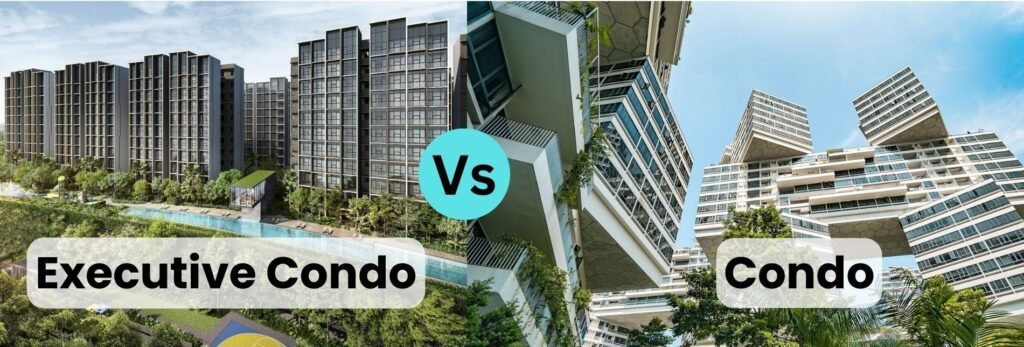
A quick rundown of ECs
I will cover the differences between ECs and condos in a more detailed breakdown on another time. For now, suffice it to say that an EC is halfway between a flat and a private condo.
ECs are built and marketed by private developers. However, the launch price is much lower than a fully-private new launch condo. An example would be Copen Grand EC (located in Tengah) which was launched in October of 2022 – the average price was only $1,336 psf, whereas fully private condos were already creeping up to the $2,000 psf mark. For example, located in Upper Bukit Timah, The Myst, a 408-unit new private residential project, is selling at about $2,000psf. Due to the big price disparity between EC and a new launch project, Copen Grand was fully sold just 1 month after the launch date.

The catch is that the EC counts as an HDB property, for the first 10 years. This means you’re subject to all the usual rules and regulations, such as eligibility to buy, and a five-year Minimum Occupancy Period.
After the 10th year, an EC counts as a fully private property. It’s no longer subject to HDB rules, and is for all intents and purposes a fully private condo.
Dissecting the sales pitch: Are ECs reliable money-makers?
A common piece of advice is to buy an EC, and then sell and upgrade after the five-year MOP. This is often pitched to those who can’t afford a fully private condo yet, such as upgraders selling smaller flats, or those with limited sale proceeds after their CPF refund. omega replica uk
In theory, an EC that has just reached its MOP is desirable to resale buyers because it’s a ready-to-move-in condo (no construction time), and the subsequent batch of buyers have no MOP. The EC is also halfway to full privatisation by that point.
As such, the progression suggested is HDB flat to EC, then EC to a private condo.
But this assumes that an EC will be profitable. And like all assumptions and generalisations, they’re dangerous to apply to the property market.
1. ECs rarely see losses, but they’re not immune to market conditions
ECs have almost always been profitable at the five-year mark (at least for the past decade); but this has not been the case all the time.
Let’s take Windermere for example. This EC was completed in 1999, and units went on the resale market in around 2004. We can see there were losing transactions:
| Sale date | Unit Size (Sq.Ft.) | Purchase Price (psf) | Resale Price (psf) | Loss |
| 12 Nov 2004 | 1453 | $414 | $332 | $119,500 |
| 12 Nov 2004 | 1281 | $450 | $340 | $140,900 |
| 29 Nov 2004 | 1453 | $425 | $323 | $147,000 |
| 13 Jan 2005 | 1281 | $463 | $336 | $162,700 |
| 8 Feb 2005 | 1281 | $448 | $331 | $149,800 |
We can see the same in Eastvale, which was also built in 1999 and reached its MOP around 2004:
| Sale date | Unit Size (Sq.Ft.) | Purchase Price (psf) | Resale Price (psf) | Loss |
| 20 Sep 2004 | 1292 | $413 | $317 | $84,900 |
| 6 Oct 2004 | 1098 | $415 | $397 | $19,500 |
| 13 Oct 2004 | 1098 | $422 | $369 | $58,700 |
| 29 Nov 2004 | 1098 | $407 | $362 | $49,500 |
| 2 Dec 2004 | 1098 | $435 | $401 | $38,700 |
The similar time frame is not a coincidence: the Asian Financial Crisis occurred shortly after 1999, when these ECs were built. It resulted in some owners having to sell at a loss, right after MOP. There are, in fact, 13 ECs that ended up in the same boat.
A report by OrangeTee shows that, of a study of 21 ECs that had been privatised, 13 of them made a loss after their MOP (although the other eight projects saw gains of over 20%).
I should point out though, that all of these 13 ECs did eventually see gains outweighing losses; and the majority of the transactions were profitable.

Here is the list of the 13 ECs that sold at a loss at MOP. As the same OrangeTee report notes, they were launched during 1996 to 1999 just before the Asian Financial Crisis, when property prices were at their peak. As such, it was mainly an issue of bad timing that led to their losses.
- Westmere
- Pinevale
- Simei Green Condominium
- Eastvale
- Windermere
- Chestervale
- The Florida
- Yew Mei Green
- The Rivervale
- Northoaks
- Summerdale
- Woodsvale
- The Floravale
2. Viewed over periods longer than five years, ECs are not immune to losses
According to Square Foot Research, Simei Green has recorded 89 profitable but 14 unprofitable transactions. Woodsvale has recorded 116 profitable but 13 unprofitable transactions. Even Eden at Tampines, which now has an MRT station within a nine-minute walking distance, has recorded 89 profitable and six unprofitable transactions.
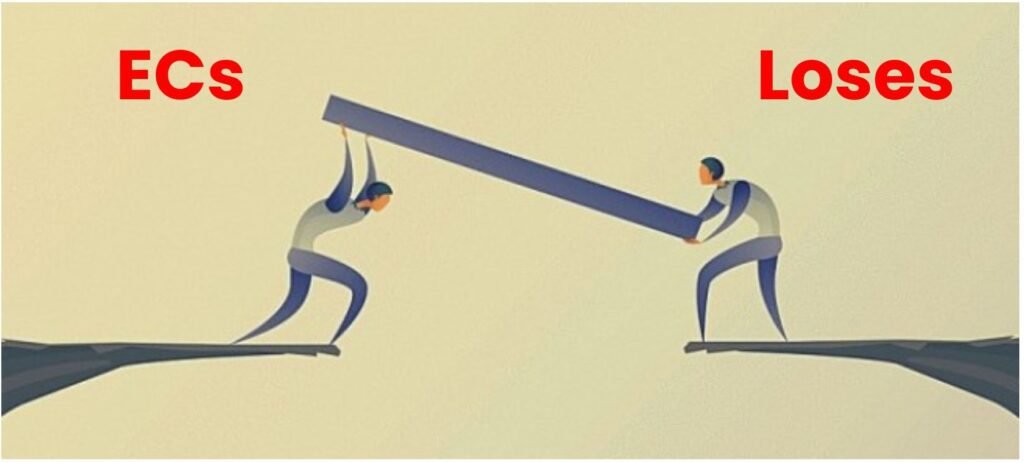
So while EC losses are very uncommon, we shouldn’t assume they don’t happen. They can occur even long after an EC has reached full privatisation (e.g., Eden at Tampines would have been fully privatised almost a decade ago). It is also possible that, at the time of full privatisation, the property market may happen to be in a downturn; and this could impact pricing for some sellers.
3. ECs today face changing circumstances due to the ABSD
You may feel that the ABSD has very little bearing on ECs, especially so for upgraders. However, there is potential impact: therein lies the effect of privatisation.
One of the main advantages of ECs is supposed to be that, from beyond the 10th year, they are fully private. This means they can be bought by foreigners and entities alike.
But as of May 2023, ABSD rates for foreigners were doubled from 30 to 60 per cent. The number of foreigners interested in ECs, which are mainly non-central condos, was already miniscule; raising the ABSD to 60 per cent almost guarantees a lack of future buyers in this demographic (barring certain nationalities like Americans, who pay Singapore citizen tax rates).
Besides ABSD for foreigners, there’s also the consideration for developers. A property developer now pays 40 per cent ABSD, of which five per cent is non-remissible. This hefty fee gets in the way of en-bloc considerations, which is one of the major advantages of an EC over other HDB properties.
(For now, HDB properties are only collectively bought by the government, not by private developers).
This means that one of the key selling points of the EC – full privatisation – is less valuable than it was in earlier days.
4. ECs tend to have less accessible locations, and a psychological price barrier
For the most part, ECs tend to appear in less mature areas (such as Tengah in 2023). They also have a reputation for being further from MRT stations.
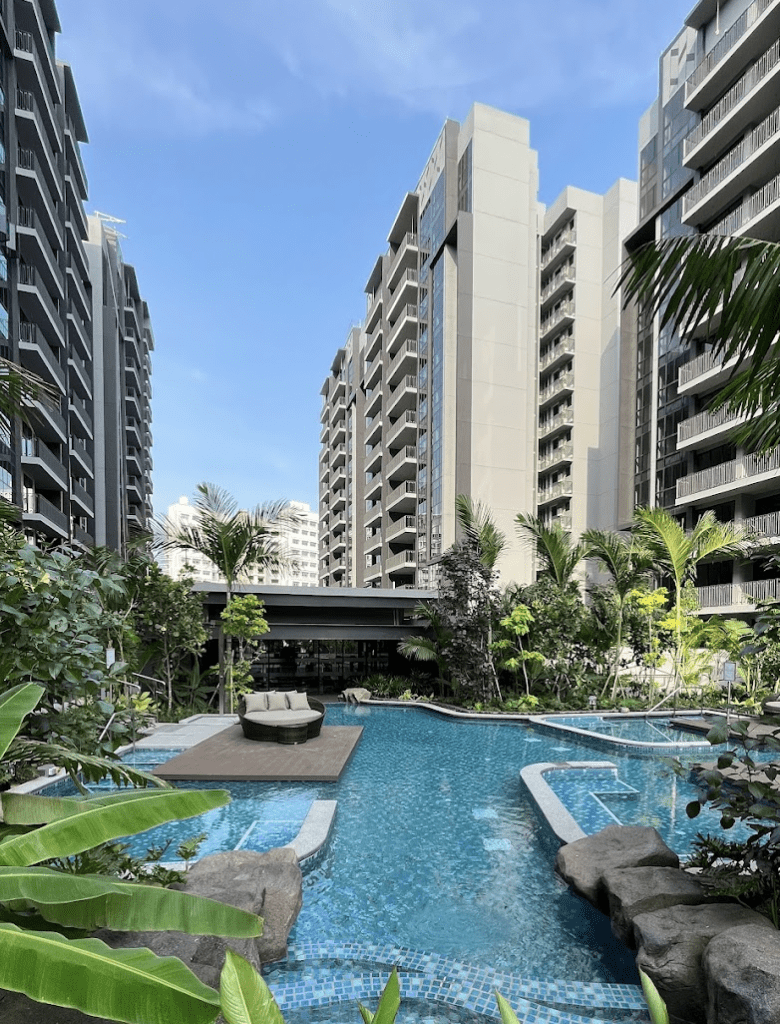
This is a little less true in recent years, as ECs like Parc Canberra and the upcoming Tengah Walk are built close to current or future MRT stations; but note that even so, the ones near the MRT are in less developed neighbourhoods.
There is also the psychological price barrier. You may think that, because ECs are also built by private developers, there should be no difference in appreciation, value, etc. once full privatisation is reached.
Unfortunately, the overwhelming mentality among buyers and sellers is to ask: How can your cheaper EC be worth as much as my condo?
Somehow, perhaps due to the general perception that ECs are usually marketed as “mass market” private properties suitable for aspiring HDB upgraders who may find buying a private condo too financially burdensome, or perhaps due to the combined husband/wife income ceiling of $16,000 which may give people the perception that EC buyers are on a tight budget, the truth is that such perceptions do give rise to the general notion that ECs are cheaper, less prestigious and inferior to a similar full fledged condo within the same location, even when both are built by the same developer.
This results in a notable price gap between ECs and condos; and it does set a certain cap on how much an EC can sell for.
For example, let’s take a look at these 2 sets of EC/condo to demonstrate the price gap.
Example 1
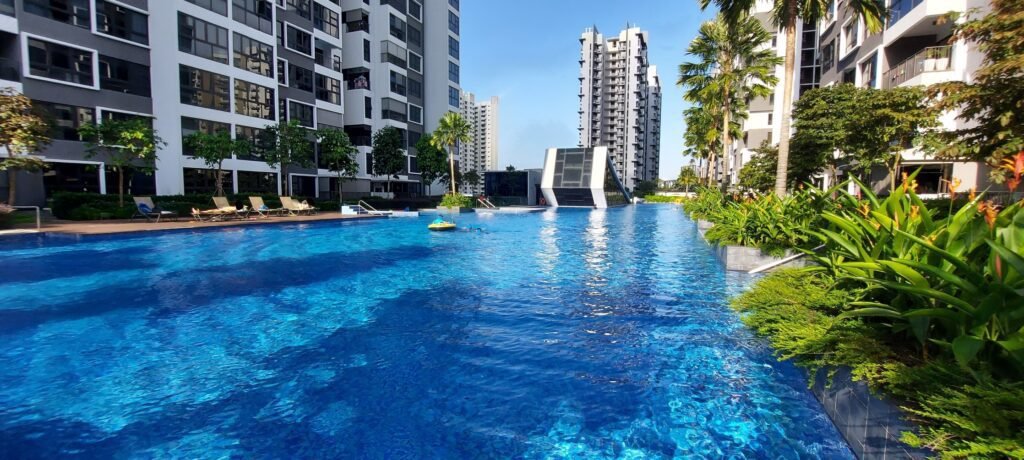
Lush Acres (EC) launched in Aug 2013 at $8xx psf. Today resale prices are at $12xx psf.
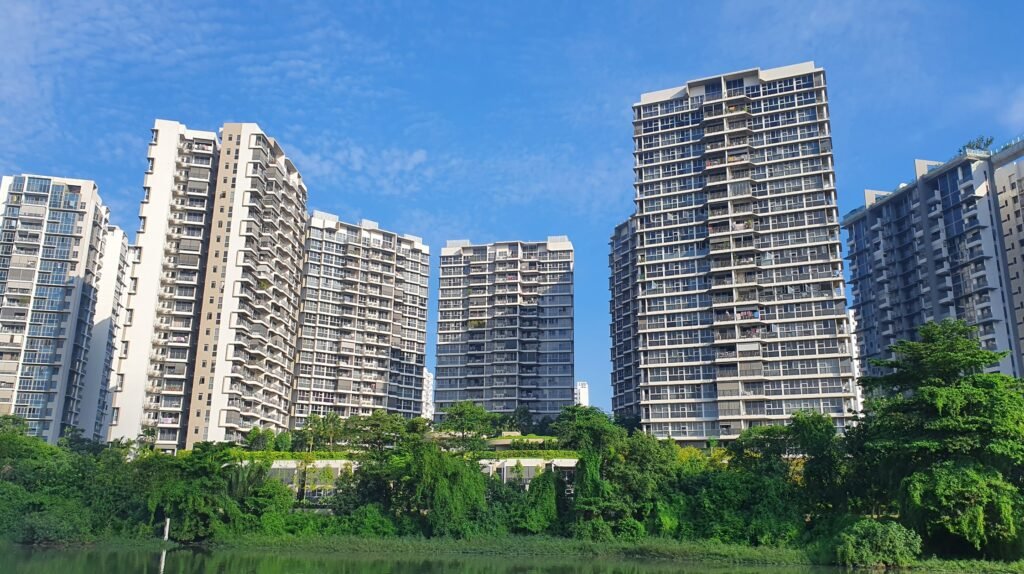
Nearby Rivertrees Residences (condo) launched in Feb 2014 at $11xx psf. Today resale prices are at $14xx psf.
Example 2

Esparina Residences (EC) launched in Nov 2010 at $7xx psf. Today resale prices are at $14xx psf.
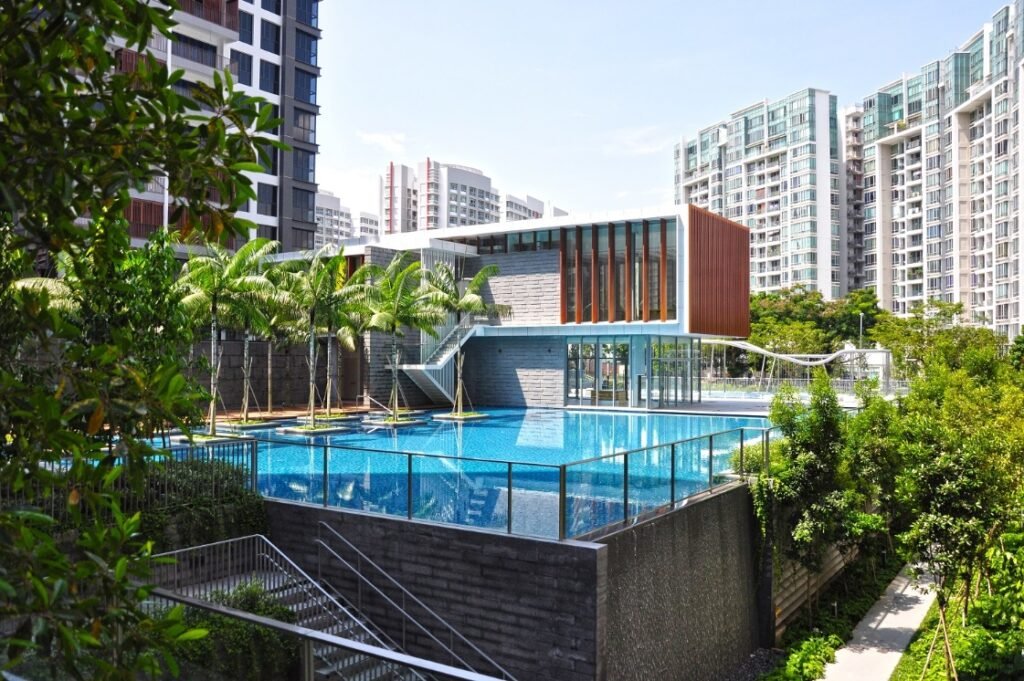
Jewel @ Buangkok (condo) launched in Jun 2013 at $12xx psf. Today resale prices are at $16xx psf.
The good news that I can offer here is that, over the years, the price gap between ECs and condos have narrowed.
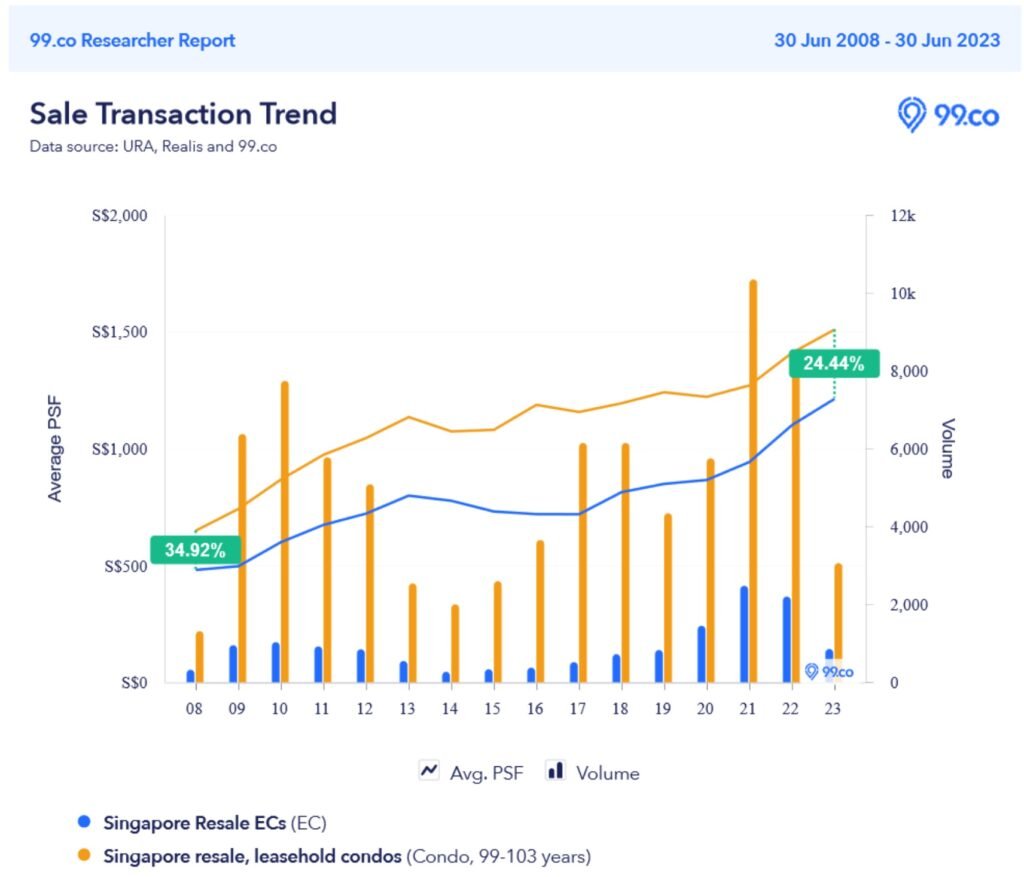
(In the comparison, I used 99-year leasehold condos only, because ECs are all leasehold. Comparing them to freehold properties would have skewed the results).
Taking a generalised view, without regard for location or size, resale ECs and condos had a price gap of about 35 per cent in 2008. Today, it has narrowed to about 24.4 per cent.
However, there is still a price gap, and market sentiment still refuses to acknowledge ECs as being on an equal footing with private condos.
Perhaps the recent trend of “luxury” ECs, such as Ola, might close the gap further.
The final answer to the question
Are ECs assured ways to make money? No. Largely because Singapore’s property market is extremely fast-moving, and changes to the wider economy (as well as policy changes) can alter things overnight.

But are ECs a reliable asset? For the most part, yes. It is rare for EC units to sell at a loss, barring unusual circumstances. And given the high prices of private condos, ECs are something of a lifesaver for those who didn’t do as well with the appreciation of their HDB flats. They’re still an important rung on the property progression ladder.
In fact, it was recently reported that first-time EC owners make an average profit of about $322,220 when selling at the five-year mark. Second-hand owners tend to see lower rewards, averaging $261,948 – which still doesn’t undermine the fact that ECs are amongst the safer choices for property buyers.
For more on the Singapore private property market, or if you have more questions about this, drop me a message and I’ll be glad to help.


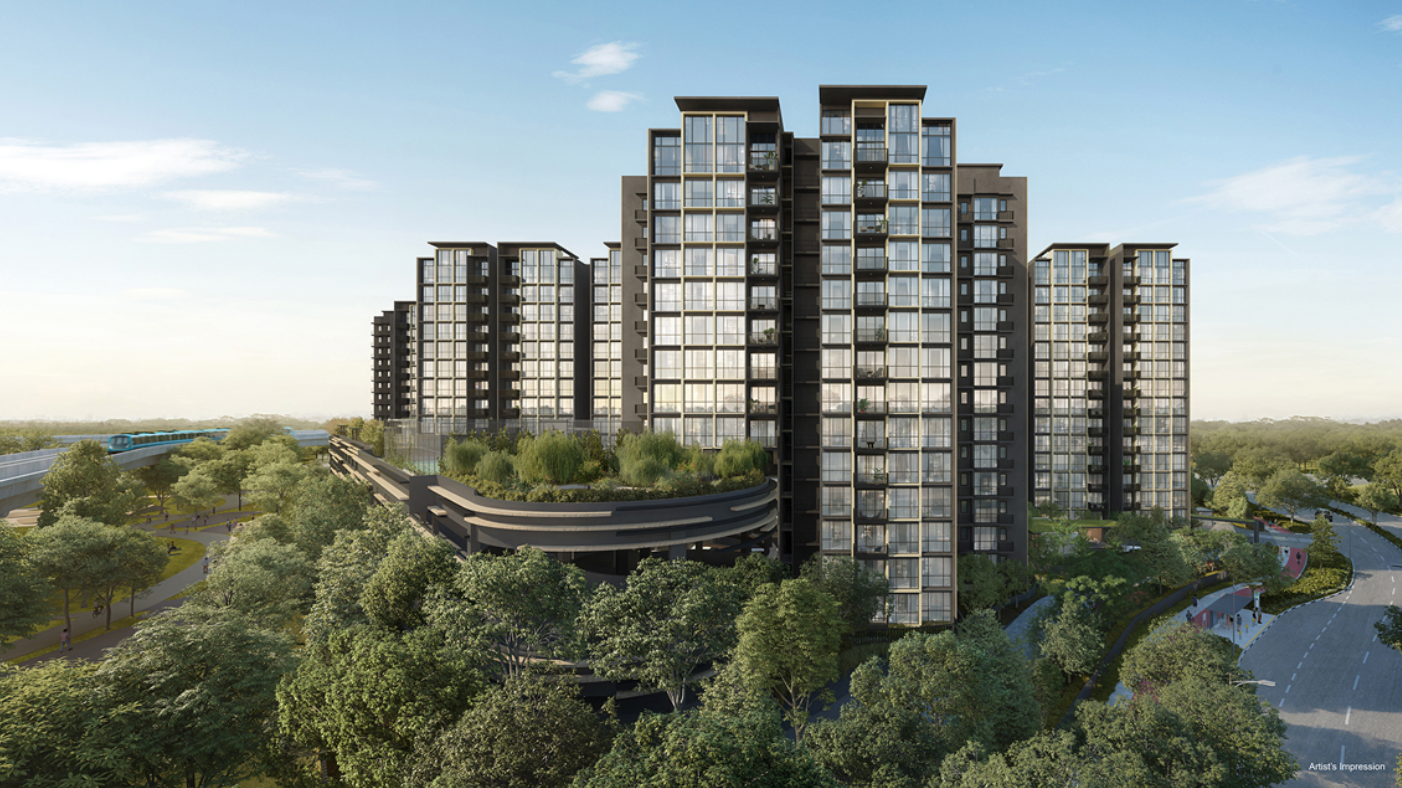

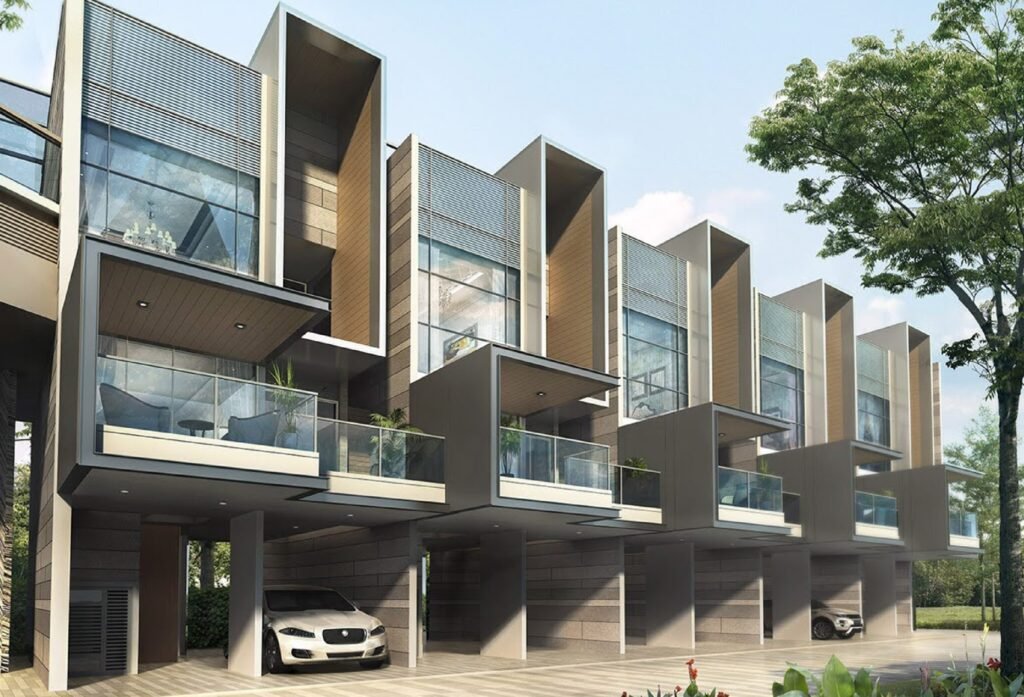
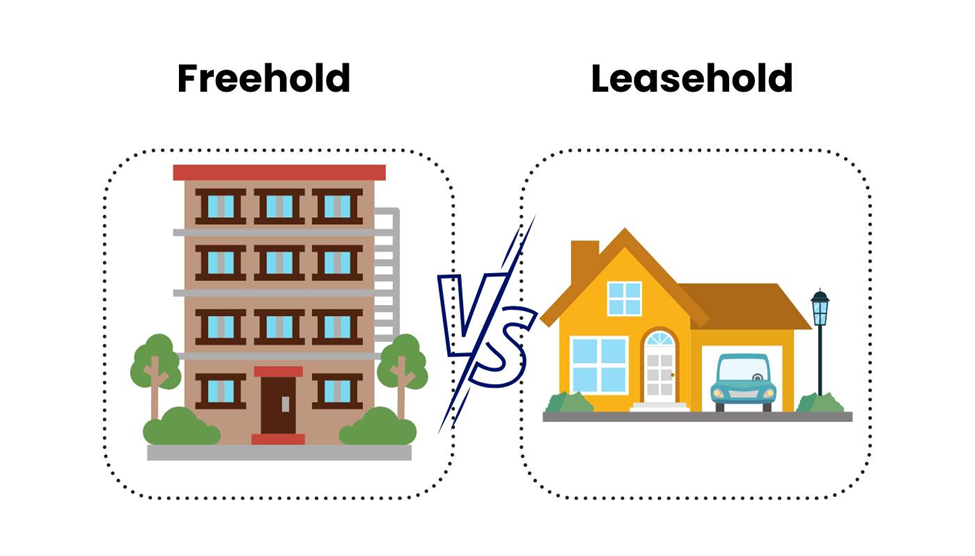


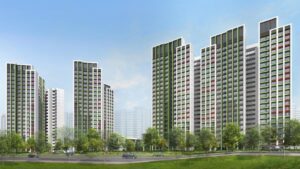
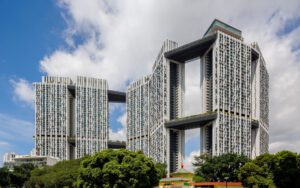
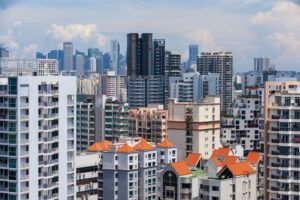
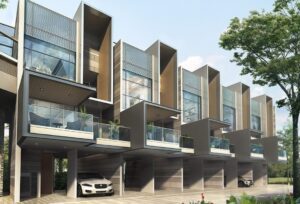
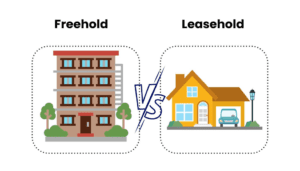
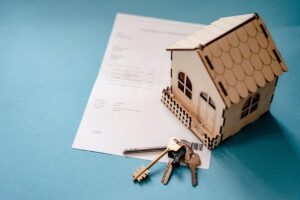

I wanted to express how amazing your post is. I could tell you are an authority on this subject because of how obvious it is. If everything is up to you, I would want to follow your feed so I can be informed when you publish new content. Many thanks, and keep up the fantastic work.
Thank you! We appreciate your positive feedback. We are happy that you find our insights helpful. Please subscribe to our newsletter so that you will receive our future content.